Seven glimpses of learning power that capture the essence of why, what and how
What is learning power? Why do we need it? What are the essential ideas, values and practicalities of building students’ learning power?
7 Big Questions
to explore the purpose and meaning of learning power before making a start on putting it into practice.
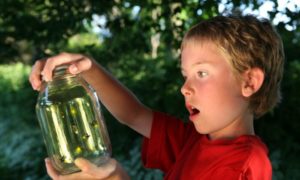
Developing students’ learning power involves engaging your students consciously with the ideas and processes of their own learning in the knowledge that learning itself is learnable.
Glimpse 1: Why do we need to develop students’ learning power?
The future…and learning
Building Learning Power—BLP for short—is an attempt to focus schools on preparing young people better for an uncertain future. Schools today need to be educating not just for exam results but for lifelong learning. To thrive in the twenty-first century, which has altered even more dramatically due to the COVID pandemic, it’s not enough to leave school with a clutch of examination certificates. Students need to have learnt how to be tenacious and resourceful, imaginative and logical, self-disciplined and self-aware, collaborative and inquisitive as learners.
‘Students throughout the world need now to reach higher levels of achievement, not only to find fulfilling work but also to empower themselves to thrive in an increasingly complex world’
– Dylan Wiliam
- Employment requires being able to enhance and transfer knowledge and to operate collaboratively
- The capacity to learn and adapt needs to be lifelong because change is a permanent state, and the pace of change is moving much more rapidly
- Learning habits have strong effects on educational attainment but have additional effects on important life outcomes beyond their effects on schooling.
Tests of life
The tests of life
The core purpose of education is to prepare young people for life after school; to get them ready, as Art Costa, an American educator with similar views, says, ‘not just for a life of tests, but for the tests of life’. This means helping them build up the mental, emotional, and social resources to enjoy challenge and cope well with uncertainty and complexity. If you strip away political dogma, the evidence is overwhelming that this aim is not currently being achieved for very many students. Of course, this has to be done in a way that also develops literacy and numeracy, and gets young people the best test results possible. That is the challenge that BLP schools and teachers are willing to take up.
Glimpse 2: What’s different about learning power?
We now think of learning…
… not as a performance but of being an interesting process going on in children’s brains. When we all believed that ‘intelligence’ was fixed at birth there seemed little point in trying to cultivate it. Now we know just how learnable learning is we are realising that there’s a place for developing how we learn. Research uncovered some dimensions or energies or powers that can be used to shape how we learn. They could shape, for example, the growth of our resilience in learning, our learning relationships, our thinking skills and how we manage our learning.
Underlying this approach is a recognition that learning how to learn involves more than skills, it involves students’ attitudes, values, interests and beliefs as well. It’s about helping students to help themselves to be disposed to persist, to question and be curious, to collaborate harmoniously and to be open to new ideas.
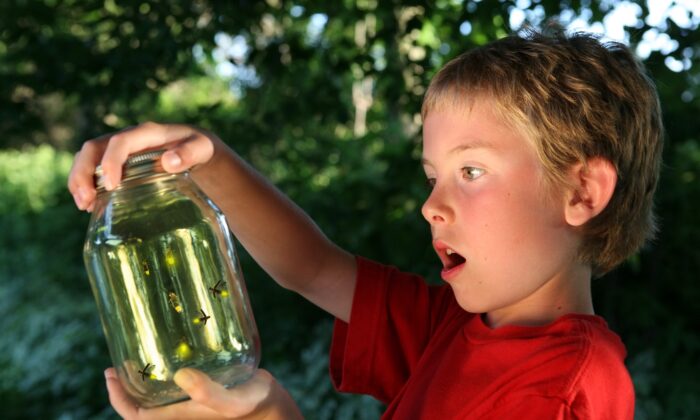
” I can’t think of anything more worth learning than learning to learn. It’s like having money in the bank at compound interest” David Perkins. Project Zero, Harvard University
Glimpse 3: Where might we start?
Habits to make a start on
The Supple Learning Mind framework was conceived and researched by Professor Guy Claxton. It captures the key psychological characteristics that are judged to be of the highest value in helping students to learn and thrive in a complex world. In making a start, experience in schools suggests that it’s best to select one key disposition from each domain of learning; Cognitive – Questioning, Social – Collaboration, Emotional – Perseverance and Strategic – Revising. The Foundational Four.
Why? Perseverance because teachers find that it’s the disposition to keep going, to remain engaged, to relish challenge that’s most lacking in many students. Questioning because this is the driver of learning; wanting to know why, how, if, when and so forth connects us with learning. Collaboration because ‘working together’ is a familiar classroom activity but few students know how best to learn profitably together. Revising ( the heart of meta-cognition) because learning is a process and like any process it needs managing and adapting to work really well. This foundational set of four offer the soil in which other dispositions can take root more easily.
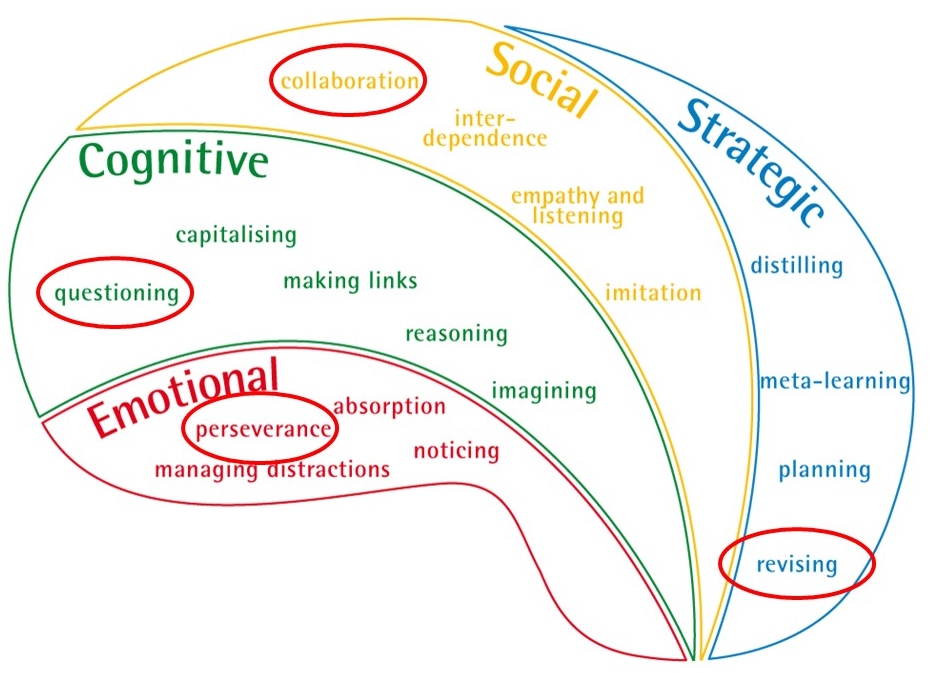
The supple learning mind and its four foundational learning behaviours
More about the Supple Learning Mind framework
Model 1. The Supple Learning Mind framework of high value learning behaviours
A rich framework for learning
The Supple Learning Mind framework embraces each of the domains of learning and these are shown in its four parts:
- The Emotional domain of learning (sometimes described as Resilience)
- The Cognitive domain of learning (sometimes described as Resourcefulness)
- The Social domain of learning (sometimes described as Reciprocity)
- The Strategic domain of learning (sometimes described as Reflectiveness)
This learning framework shows that learning isn’t just about having a good memory; it includes how we feel, how we think, how we learn with others and how we manage the process of learning. It shows that learning is a complex process. Furthermore it provides a language that helps teachers to think about how they cultivate each of the learning behaviours and helps students to gain a better personalised understanding of how they learn content.
Each domain clusters together the high value learning behaviours that best make that domain work well. For example the social domain is made up of the learning behaviours of interdependence, collaboration, listening and empathy and imitation.
Glimpse 4: What small changes make a big difference?
Small changes: big difference
Teachers are influential habit formers. The way they orchestrate and guide learning influences the ways in which students perform and behave. So they need to be mindful of how they help students to form, replace, re-form and strengthen their learning habits. The approach encourages teachers to think about:
- Things to give away: transferring responsibility for learning to students, offering them more control
- Things to say: using language that helps pupils understand and talk about learning as a process, enabling them to take more control of their own learning
- Things to do every day: the kind of classroom routines and activities that will nurture more independent learners
- Things to display: the look and feel of a classroom, its walls and reward systems, that can serve to strengthen students’ learning.
A transforming culture
Model 2. The Teachers’ Palette. A Transforming Culture
Making learning power work involves transforming the culture of the classroom. A common language for learning is adopted; staff shift responsibility for learning to students and model learning by sharing their own difficulties, frustrations and triumphs; students come to understand themselves as growing learners and consciously improve their learning habits; teachers assume the role of learning-power coach, offering students interesting, real and challenging activities to enable them to create their own knowledge and stretch their learning habits. Underpinning this is the obvious reality that students will only change their behaviours once their teachers have changed theirs’.
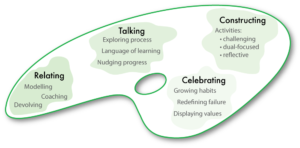
The culture of the classroom is determined by how teachers are, the relationships that exist between the teacher and the learners, the ways in which the teacher talks and what the teacher talks about, the extent to which teaching is designed to ensure both content acquisition and the development of learning behaviours, and the often subliminal messages about what the teacher really thinks is important.
These 4 aspects of culture – Relating, Talking, Constructing and Celebrating – form the basis of The Teachers’ Palette, the second of two key models in Building Learning Power.
Glimpse 5: Are there any fast track tactics?
Understanding Visible Thinking Routines
VTRs are simple routines that apply across a wide range of subjects and contexts, and which require students to think in a variety of different ways. They are used so regularly by teachers that they become woven into the fabric of the classroom culture and progressively hard-wired into the thinking practices of students. They are ways in which different ways of thinking can become routine in classrooms. They become part of the learning culture.
To be effective such routines need to be;
- Direct, guide, support, encourage thinking
- Short, memorable with few steps
- Used over and over again
- Useful in a variety of contexts
- Facilitate connections, generating ideas, using knowledge
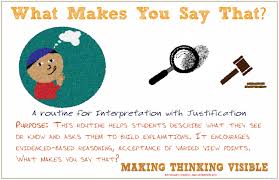
Teacher talk
- Why is that?
- What evidence can you give to support that?
- Do you have good reasons for…?
- How do you mean?
Glimpse 6: What sort of language nudges learning habits?
Discussing and nudging the learning process
The questions opposite illustrate the kinds of things that teachers can encourage students to pay attention to. Instead of skipping quickly on to ‘the right answer’, students are asked to slow down and notice and appraise the strategies and steps they are using along the way. This helps them to become more reflective and thoughtful about their own learning. They are being encouraged to explore and compare different strategies for making progress. This helps them become more flexible and resourceful in the face of difficulty, and to get into the habit of looking for alternative ways of proceeding if their first tack turns out not to work. They are being encouraged to develop the habit of thinking for themselves about what helpful knowledge or strategies they might already possess that could help them out in this situation, and thus to become more independent and resourceful.This is meta-cognition and self-regulation in action.
Glimpse 7: What does ‘getting better’ at learning look like?
Building the powers to learn
The whole point of building learning power is to do just that, to build the learning behaviours, not just name them. The diagram alongside – Learning: Poles Apart – offers an outline view of this journey. It’s about building students’ emotional learning habits, their cognitive/thinking habits, their social learning habits and their ability to manage their learning process itself.
The reluctant learner on the left and the learning powered learner on the right. It’s a long but exciting journey.
There are three key facets to the progression of learning behaviours – firstly the frequency/how often the behaviour is being used; secondly the range/scope of contexts in which it is used; and thirdly the skilfulness with which it is employed.


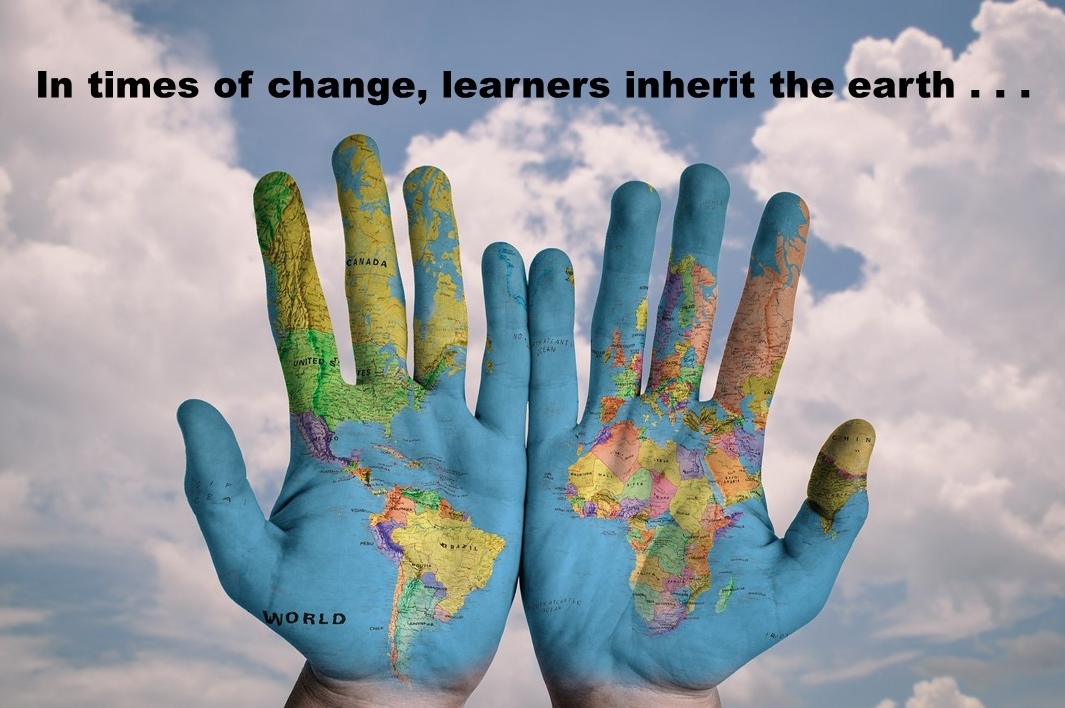
![BLP_Brain_Generic_no-Rs-[Converted]](https://www.buildinglearningpower.com/wp-content/uploads/2016/12/BLP_Brain_Generic_no-Rs-Converted-300x216.png)
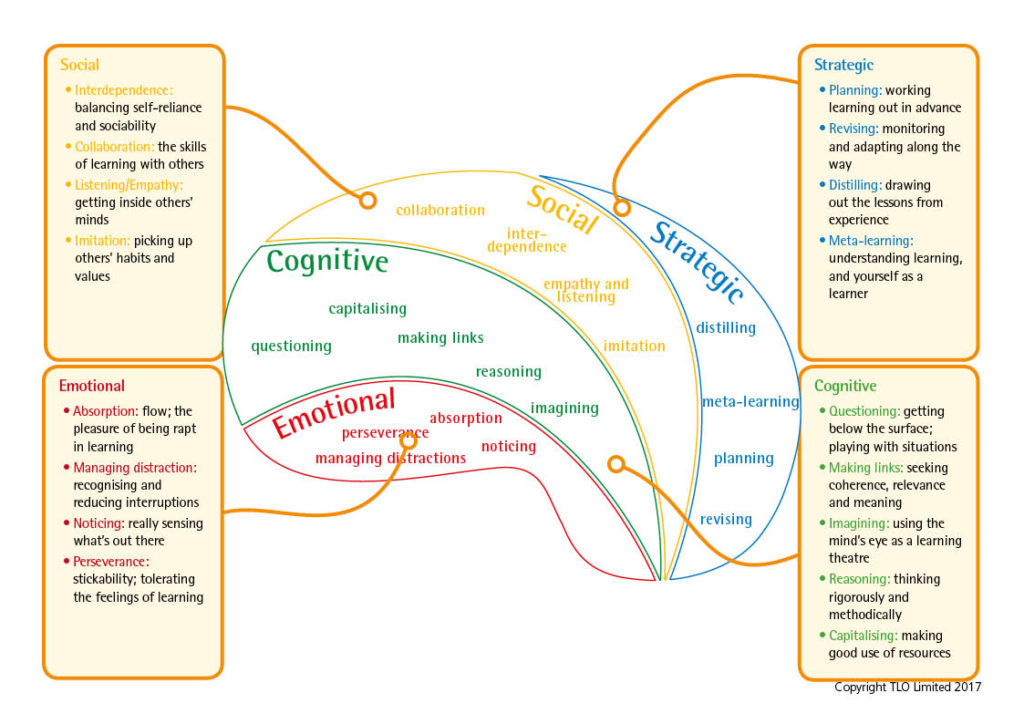


Comments are closed.